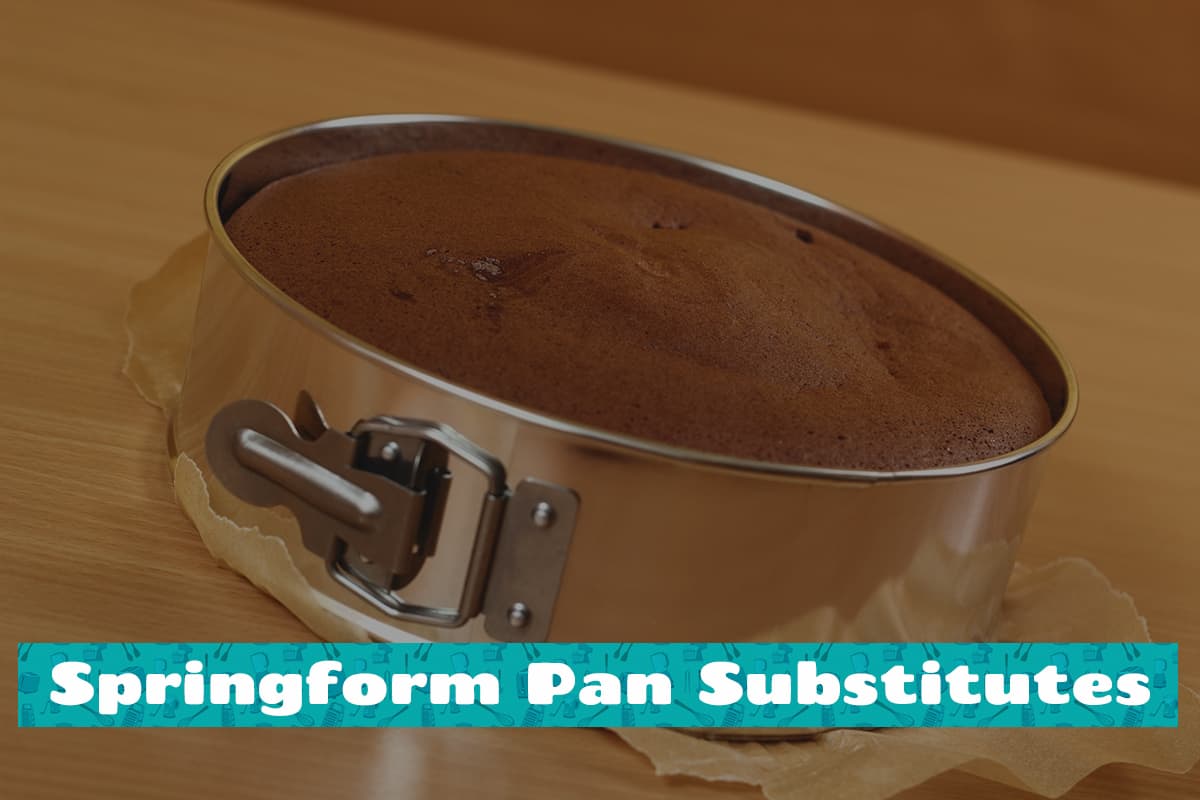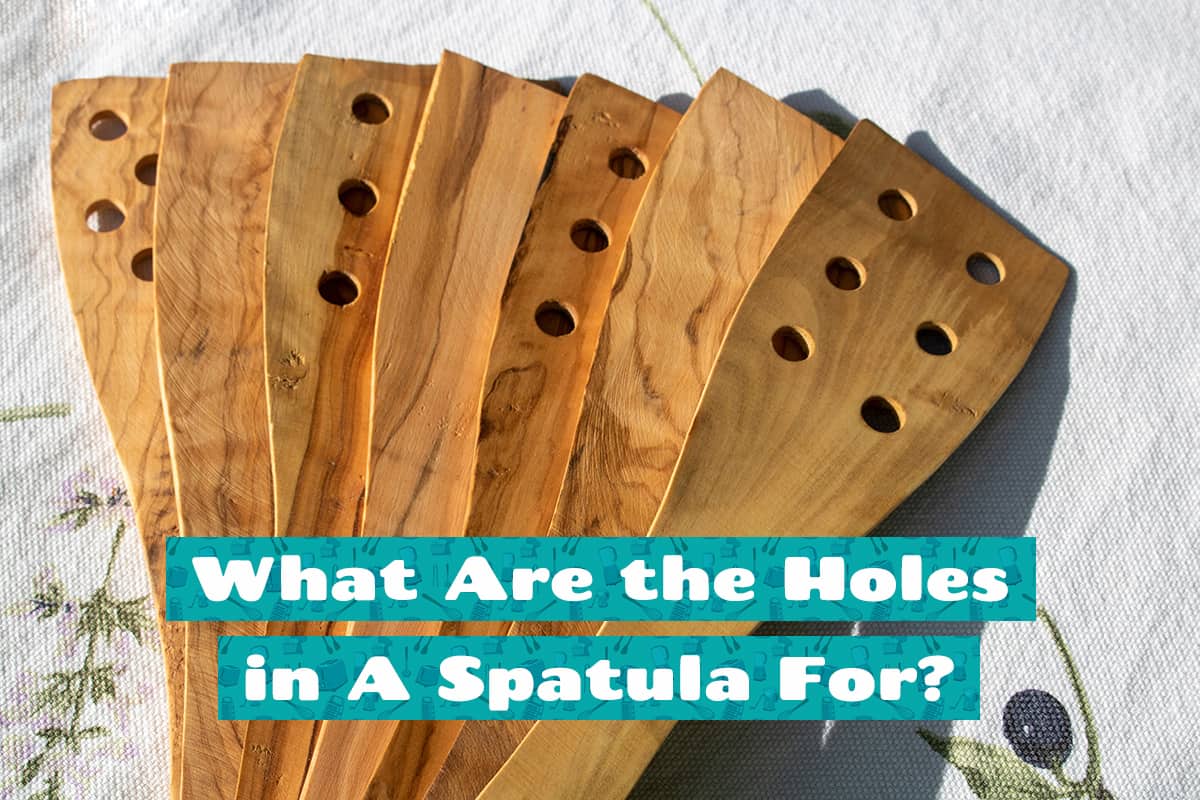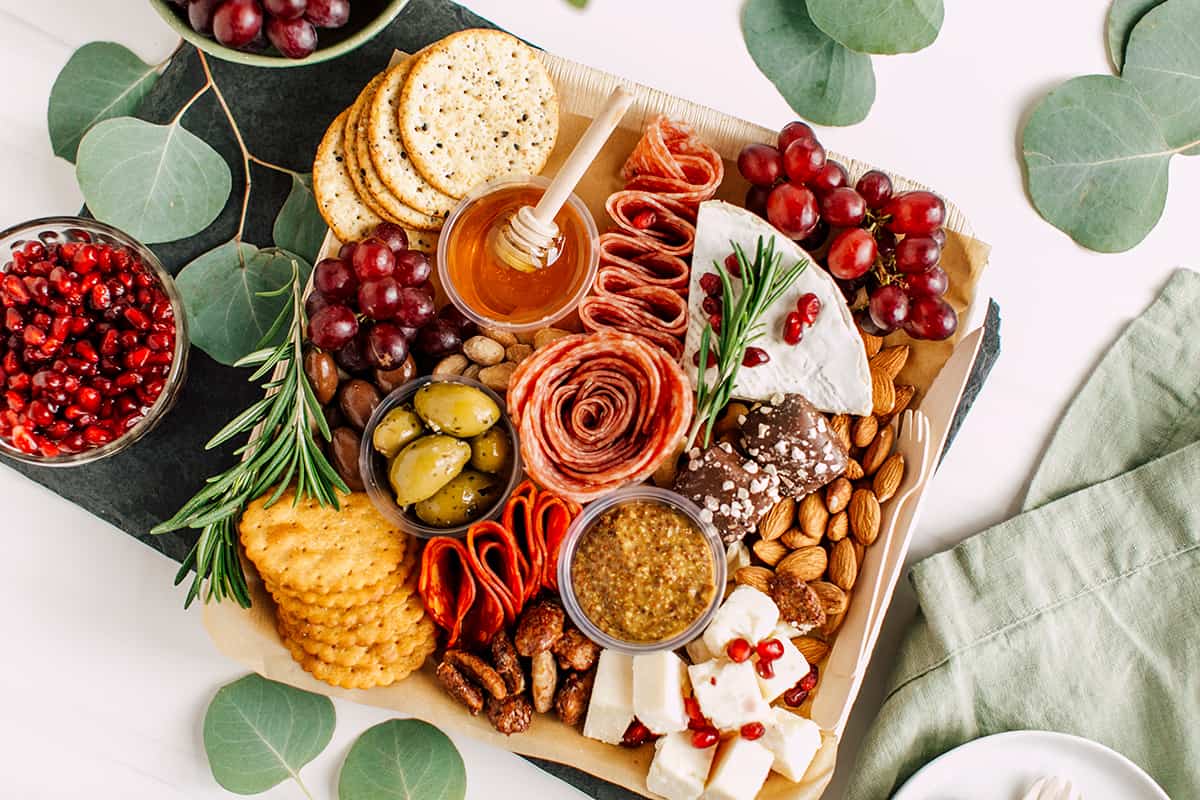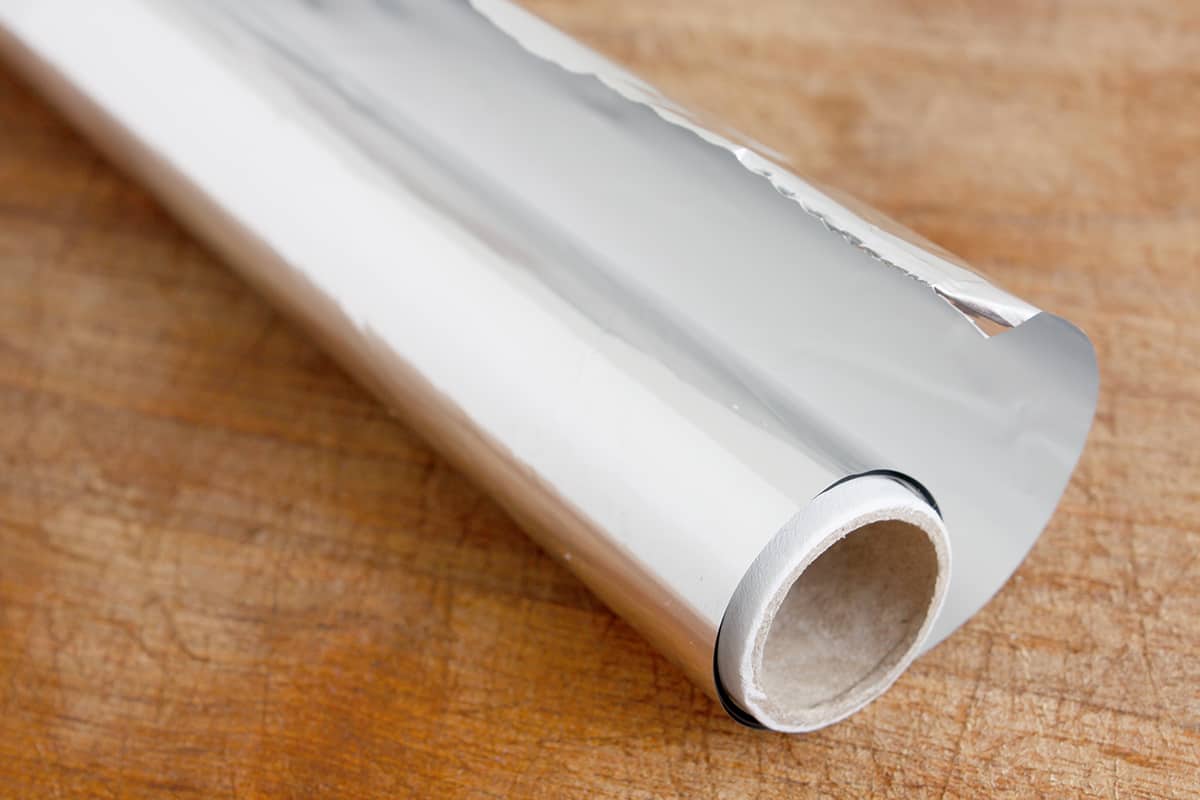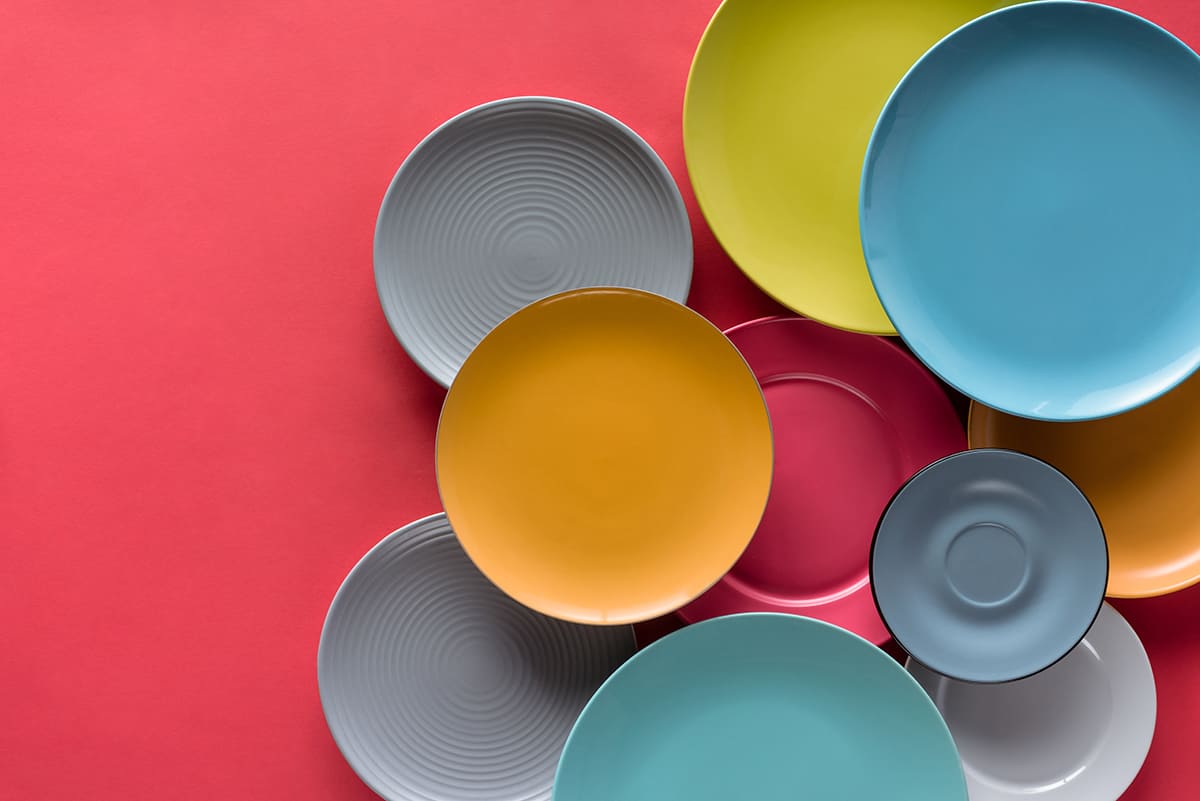Every home baker, at some point, comes across recipes that call for a specialized kitchen tool—the springform pan. Revered for its unique design that allows the sides to be removed, it’s a favorite for cheesecakes and layered cakes. But not everyone has one in their kitchen arsenal.
Instead of a springform pan, you can try using one of the following:
- Pie Plate
- Regular cake pan with parchment paper
- Silicone baking mold
- Glass baking dish
- Removable bottom cake pan
- Loaf pan
- Muffin tin
This guide will further explore what these alternatives have to offer, as well as how to customize substitutes for your baking recipe.
What Is a Springform Pan?
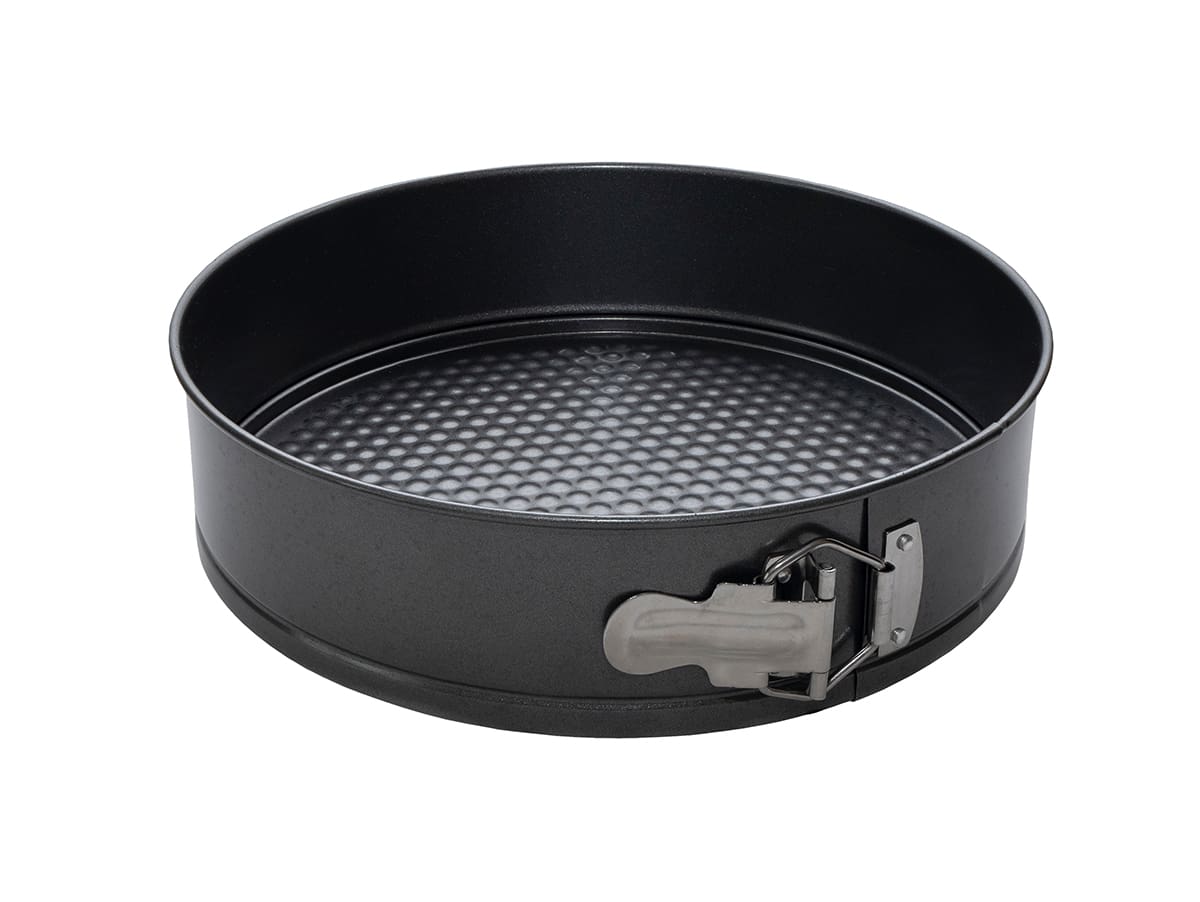
A springform pan is a type of bakeware used primarily in baking desserts. Unlike traditional cake pans, a springform pan is constructed with a detachable side and base. This unique design makes it easier to release baked goods without damaging their structure or appearance.
Construction and Design
A typical springform pan comprises two main parts:
- Flat Base: This is the bottom part where the batter is poured. It’s usually circular, but square and rectangular versions are also available.
- Detachable Ring: This is the upright wall of the pan. It can be unlocked and opened using a latch, allowing it to expand or contract.
Materials Used
Springform pans can be made from a variety of materials:
- Metal (typically aluminum or steel): Metal pans offer even heat distribution, ensuring uniform baking. They are also durable and resistant to warping. However, some metal pans may react with acidic ingredients, altering the taste or color of the food.
- Non-stick: These pans have a coating that prevents food from sticking, making the release process smoother. It also reduces the need for excess greasing.
- Silicone: Flexible and naturally non-stick, silicone springform pans are gaining popularity. They can withstand a range of temperatures but might not hold the shape of heavy batters as well as metal pans.
Primary Uses in Baking
Springform pans are the go-to choice for a variety of desserts:
- Cheesecakes: Given their delicate nature, cheesecakes benefit immensely from the springform pan. It ensures they remain intact during the removal process.
- Tortes and Layered Cakes: These desserts often have multiple layers or fillings that can be disturbed with traditional cake removal methods.
- Deep-dish Pizzas: The thick walls of the springform pan are ideal for creating a deep crust.
Why Choosing the Correct Bakeware Matters
When it comes to cooking and baking, the ingredients are just one side of the story. The tools and equipment, particularly bakeware, play an equally crucial role in determining the outcome of your baked goods.
1. Even Cooking and Heat Distribution
Different bakeware materials conduct heat differently. For instance, aluminum or steel pans are great conductors of heat that promote uniform baking. Glass dishes take more time to heat up, but they retain heat well. Silicone molds are insulators that heat up slowly and cool down quickly, so they don’t produce crusty exteriors.
2. Durability and Longevity
Durable pans resist warping at high temperatures, which can otherwise alter the shape and structure of your baked goods. Long-lasting bakeware also means fewer replacements over time, offering value for money.
3. Non-stick vs. Traditional
Non-stick pans reduce the need for excess butter or oil, resulting in healthier dishes. The easy-release feature also ensures that your baked goods come out intact. While traditional pans may require greasing but are often more durable than non-stick ones. Seasoned cast iron pans, for example, can last for generations if maintained well.
4. Size and Capacity
Overfilling a pan can lead to spillage, while underfilling can cause baked goods to overcook or dry out. If you know how much you want to make and choose an appropriately sized baking dish, you should end up with a cake to be proud of.
Top Springform Pan Substitutes
Not every kitchen boasts a springform pan, yet many recipes call for one. For those moments when you’re in the middle of baking and realize you don’t have the required tool, there are several alternatives that you may already have in your cabinets.
1. Pie Plate
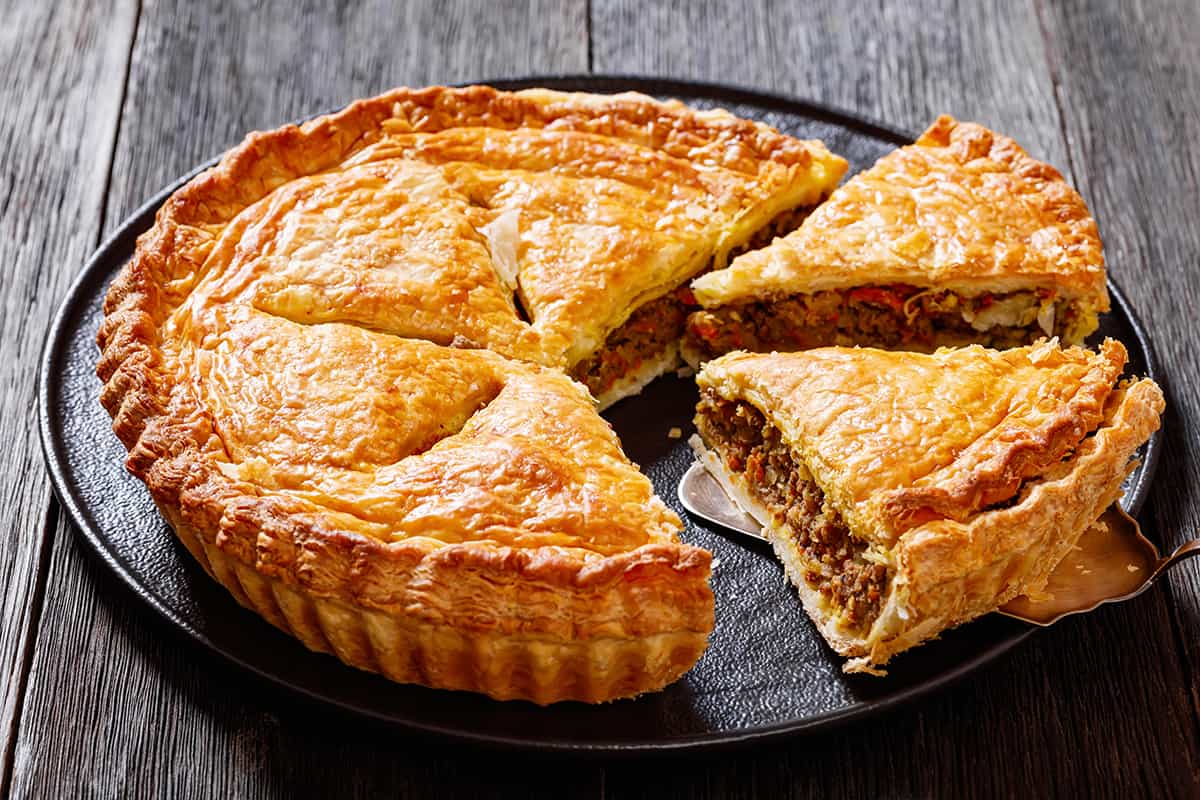
Material: Typically made of glass, ceramic, or metal.
Usage: Best for recipes that don’t require unmolding, like pies or certain tarts. If necessary, you can line with parchment for easier removal of the baked goods.
Considerations: Keep an eye on cooking times, as they may vary from the original recipe meant for springform pans.
2. Regular Cake Pan with Parchment Paper
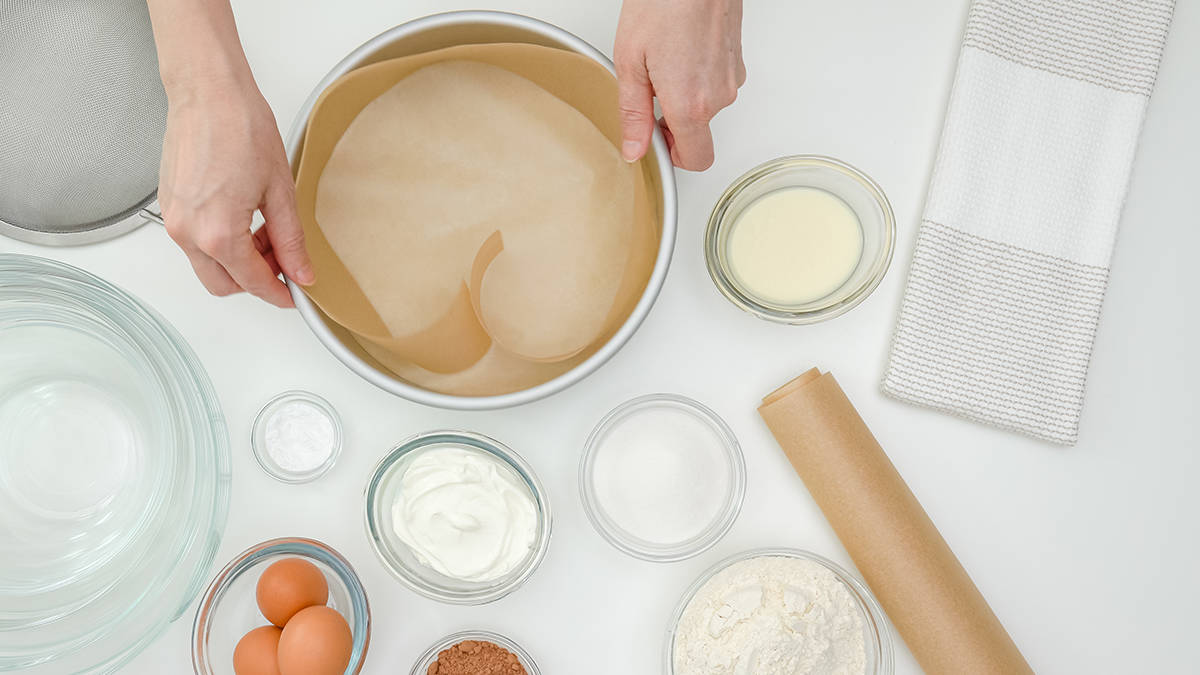
How-to: Line the bottom and sides with parchment paper, leaving an overhang. This aids in lifting out the baked product.
Advantage: It’s suitable for most recipes that call for a springform pan, from cheesecakes to layered desserts.
Considerations: Ensure the parchment paper is smooth to avoid creases in your dish.
3. Silicone Baking Mold
![]()
Ease of Use: The flexible sides allow for effortless release of baked goods.
Temperature Resilience: They can handle both high oven temperatures and freezer temperatures, making them suitable for baked desserts and frozen treats.
Considerations: Some molds may not hold the shape of heavy batters as firmly as metal pans, so placing them on a baking sheet can offer stability.
4. Glass Baking Dish
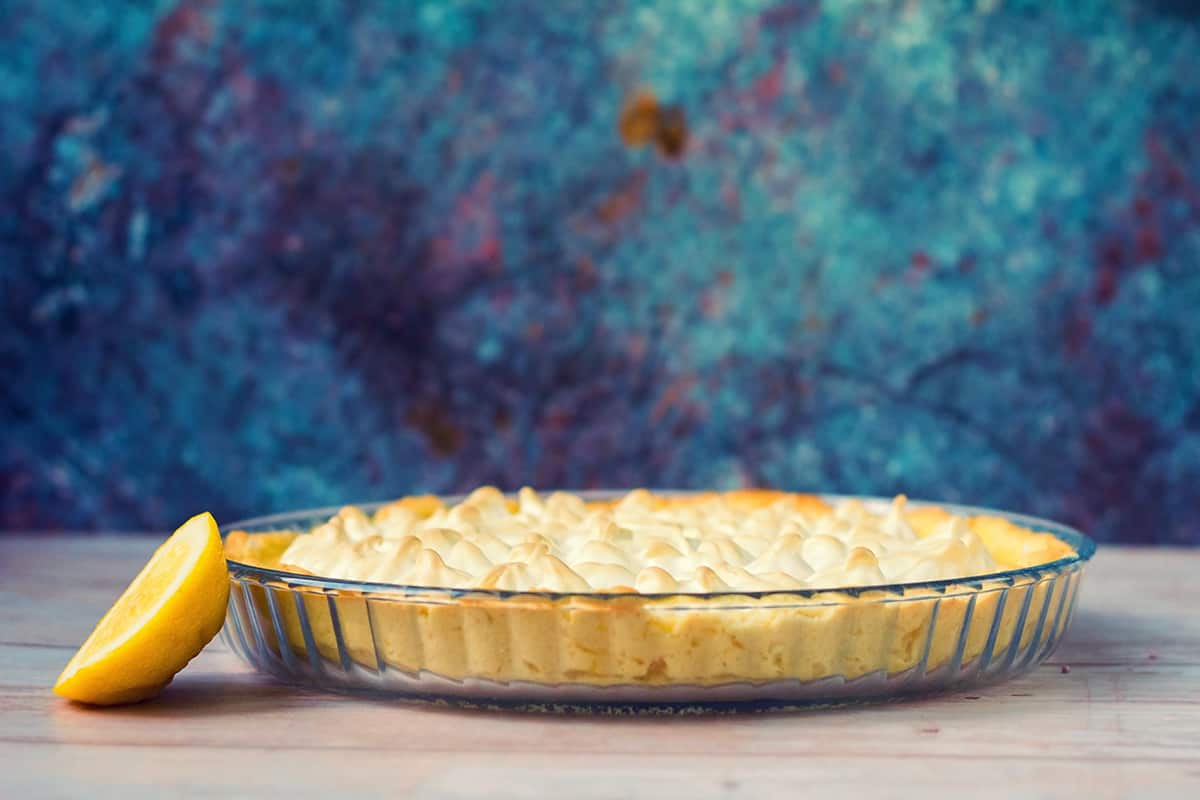
Benefits: Glass retains heat well, providing even baking. Its transparent nature lets you check the bottom of your dish without unmolding.
Usage: Suitable for layered desserts and baked goods that don’t need to be unmolded for serving.
Considerations: Remember to adjust the oven temperature, typically reducing it by 25°F, as glass retains more heat than metal.
5. Removable Bottom Cake Pan

Design: They consist of two pieces, the base, and the sides, but lack the latch mechanism.
Advantage: Offers similar benefits to the springform pan, with easy removal of delicate dishes.
Considerations: Be cautious when pouring runny batters to prevent leakage.
6. Loaf Pan
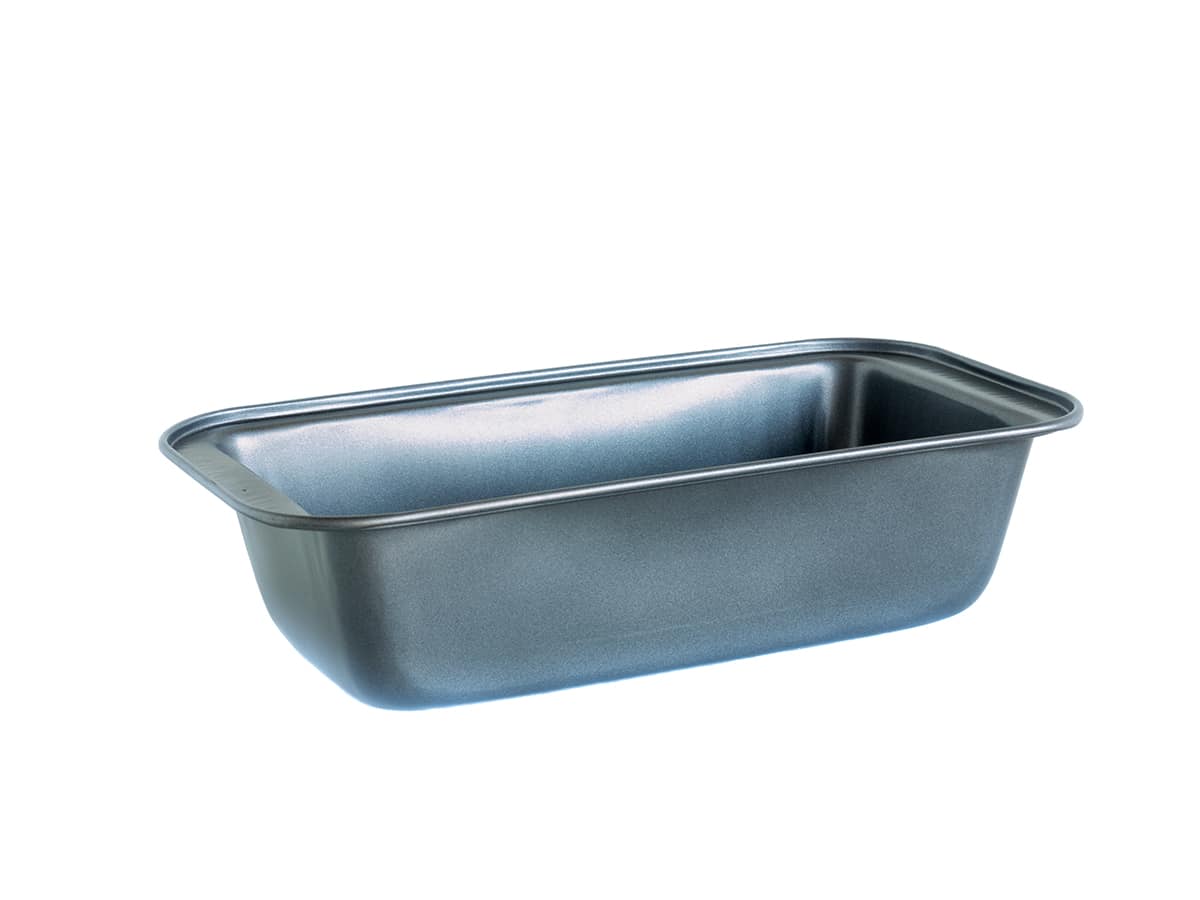
Usage: Suitable for bread-like desserts, terrines, or semifreddos.
Adaptation: Recipes meant for round springform pans may need adjustments in cooking time due to the difference in shape.
Considerations: Lining with parchment paper can help in the easy removal of baked goods.
7. Muffin Tin

Benefits: Create mini versions of cakes or desserts. Each cavity serves as a mini springform pan substitute.
Usage: Works well for cheesecakes, tarts, and other individual-sized treats.
Considerations: Adjust the cooking time, as smaller portions will bake faster than a full-sized dish.
FAQs
1. Why is my cake still sticking even with parchment paper?
First, ensure that the parchment paper is correctly fitted to the pan’s base and sides without wrinkles or creases. To keep it in place, you can use butter as an adhesive between the pan and the parchment.
Next, even with parchment, it’s a good practice to lightly grease the paper with a bit of butter or non-stick spray. This provides an additional layer of assurance against sticking. Remove the excess flour to prevent dry or powdery sides.
Lastly, make sure the cake is entirely cooled before attempting to remove it. Warm cakes tend to be more fragile and can stick or break when unmolded.
2. Can I use any of these substitutes for water baths in baking?
A water bath, or “bain-marie”, ensures gentle and even baking, often used for delicate dishes like cheesecakes. When choosing a substitute for a springform pan, pick one that is leakproof when submerged in water.
Before using any substitute in a water bath, test it by filling the pan with water and placing it in a larger dish. If no water leaks out, it’s a good indicator that the setup will work for baking.
